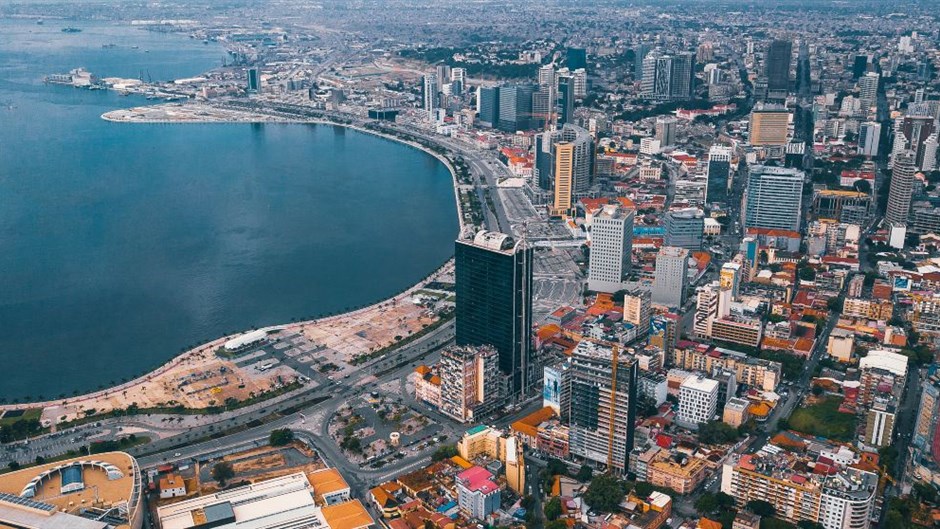Angola’s $200 Million Gamble: How U.S. Tariffs and Oil Slumps Are Shaking Africa’s Economic Giant

On May 13, 2025, Angola found itself at the mercy of global financial turbulence, coughing up $200 million to meet a margin call on a $1 billion loan from JPMorgan Chase & Co. The loan, carrying an interest rate just below 9%, became a pressure point as a market selloff—ignited by U.S. trade tariffs—sent shockwaves through the oil-dependent nation’s economy. This episode underscores the precarious balancing act Angola faces as it navigates debt, declining oil revenues, and the ripple effects of international trade wars.
The turmoil began in April 2025, when U.S. tariffs, part of an escalating trade conflict with China, rattled global markets. Economist Mohamed A. El-Erian, a prominent voice in financial circles, noted that these tariffs drove U.S. borrowing costs to 4.5%, eroding the safe-haven appeal of U.S. bonds. For countries like Angola, heavily reliant on dollar-denominated debt, the fallout was immediate: their bonds slumped alongside crude oil prices, triggering the margin call from JPMorgan. Angola, a nation where oil constitutes 28.9% of GDP and 95% of exports according to the African Development Bank, had little choice but to pony up the additional collateral to stabilize its financial position.
This isn’t Angola’s first brush with economic strain. The country has been grappling with the dual shocks of falling oil prices and global crises for years. The International Monetary Fund has supported Angola through its Extended Fund Facility, providing $4.5 billion since 2019 to mitigate the impacts of events like the COVID-19 pandemic and oil price shocks. Yet, economic diversification remains elusive. The African Development Bank reported that Angola’s GDP growth in 2023 was a mere 0.9%, far below the projected 3.5%, as oil production declines and global decarbonization looms on the horizon. Public debt, much of it dollar-denominated, soared to 84% of GDP by the end of 2023, driven by currency devaluation and external pressures.
The $200 million margin call is a stark reminder of Angola’s vulnerability. With international reserves holding steady at $14.7 billion—covering 7.5 months of imports—the country has some breathing room, but the cost of borrowing remains a heavy burden. Inflation, though improved from 21.7% in 2022 to 13.6% in 2023, continues to squeeze citizens, with food prices driving nearly 70% of the consumer price index. Meanwhile, the National Bank of Angola has raised interest rates to 19% in March 2024, aiming to curb inflation but adding pressure on an already strained economy.
Globally, the U.S. tariffs have broader implications. They’ve not only disrupted markets but also exposed the fragility of oil-dependent economies like Angola. As the U.S.-China trade war intensifies, nations caught in the crossfire face rising borrowing costs and shrinking export revenues. For Angola, ranked 148 out of 191 on the Human Development Index in 2021 with a 40.6% poverty rate in 2019, the stakes couldn’t be higher. The government’s strategy to reduce financing costs has shown some success—debt service as a percentage of income dropped from 279% in 2022 to 100% in 2023—but the road ahead remains treacherous.
Angola’s predicament is a cautionary tale for other African nations reliant on a single commodity. As global markets reel from trade disputes and the shift toward greener energy, economic resilience through diversification is no longer optional—it’s a matter of survival. For now, Angola’s $200 million payment has bought it some time, but the question looms: how long can it weather these storms before the next margin call comes due?





